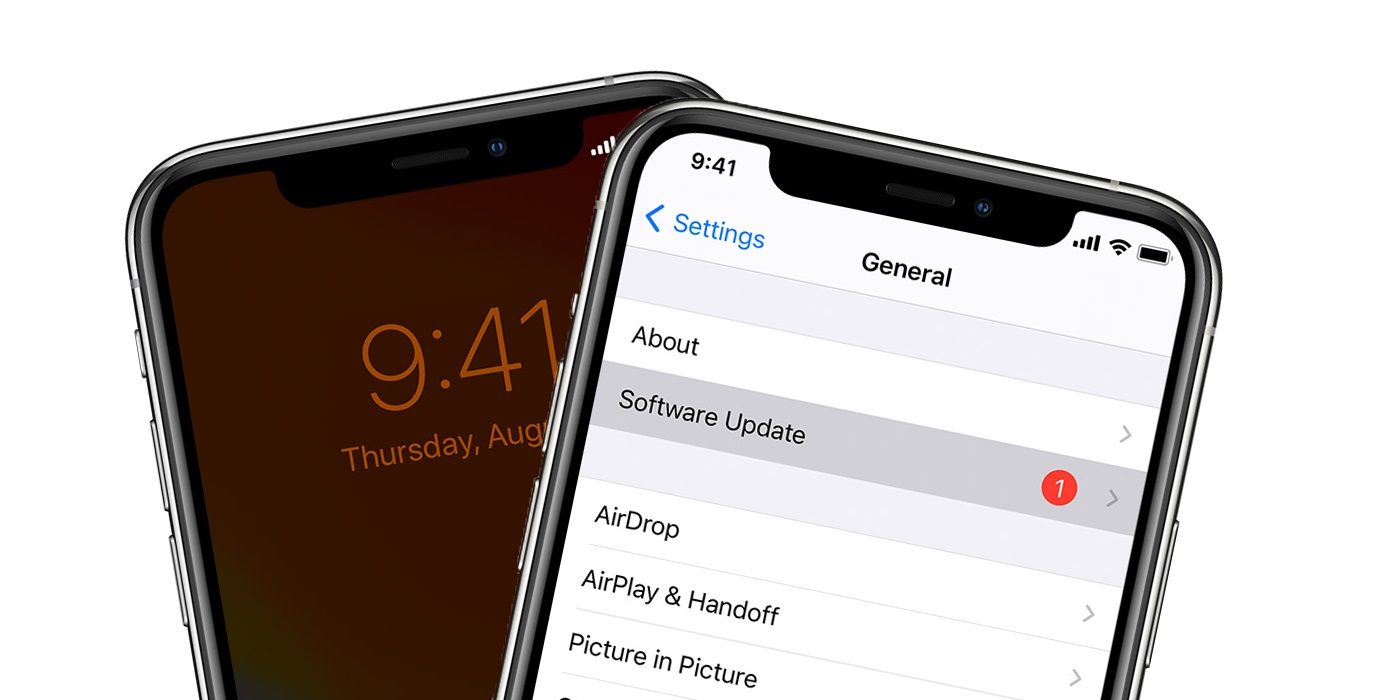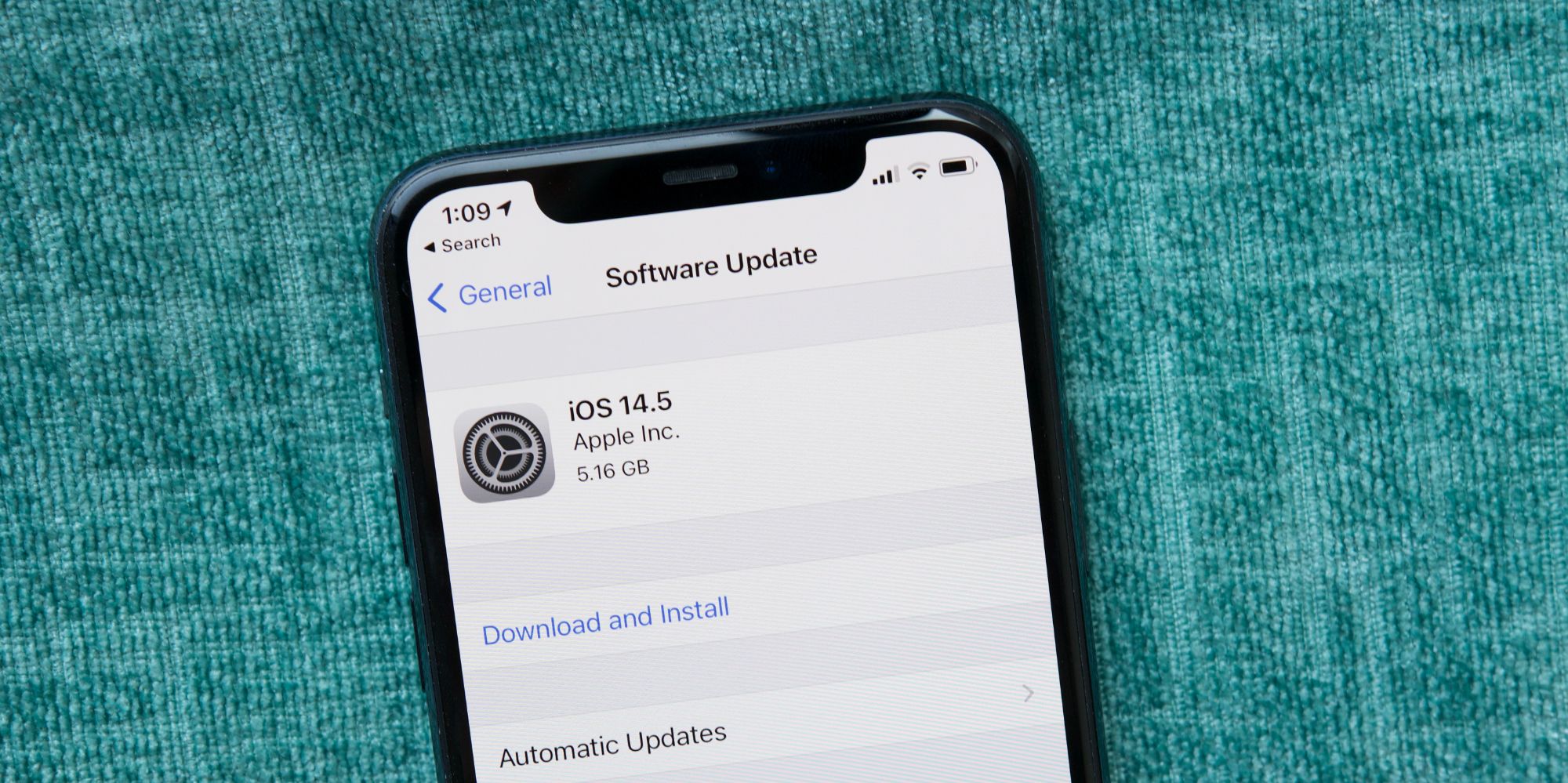A message from Apple stating an iPhone software update could not be contacted is something device owners might encounter when trying to upload or restore their device via iTunes. In fact, these messages may also be encountered when trying to restore or update an iPad or iPod as well. Regardless of the device, it is worth trying some simple fixes to resolve the error message before seeking additional help.
Updating any device is important. This is not only for access to new and exciting features, but also in terms of keeping a device safe and secure. However, there is always the possibility of issues when updating. In some cases, this may just be a problem with a new feature not working as it should. On other occasions, users may encounter issues when trying to actually apply an update to begin with.
The ability for an Apple device to contact the software update is one such instance. Generally speaking, this will be when attempting to apply an update through iTunes and simply refers to the device’s inability to contact and connect to the server so that the update can be downloaded and applied. The same is true when attempting to restore an iPhone or iPad, with the device unable to make a connection to download the necessary restoration data. In principle, as this is a connection-based error, the easiest fix is to simply make sure the device is connected to the internet. Without that connection, no data can be transferred.
Other Fixes For iPhone & iPad Users To Try
If an internet connection is not the issue, then the problem might lie with iTunes itself. If that is the case, then the next best and easiest option is to simply bypass iTunes altogether. While many will use iTunes to apple updates, that’s not the only option. Instead, those users might want to apply the update directly on the device. To do this, make sure the device is no longer connected to the computer, open the Settings app and then navigate to General, followed by Software Update. The user will then be able to manually update the iPhone or iPad. The only exceptions to this rule are occasions when attempting to update or restore without knowing the iOS device’s password, or it is currently in recovery mode.
Generally speaking, the measures mentioned above should hopefully solve the issue, providing there isn’t a more general problem with iTunes. Checking whether the web version of iTunes is up and running as normal, or if there are any known issues using the Apple Status dashboard, can be a good way to identify if the problem is specific to iTunes. If it is, then waiting until Apple takes care of the problem is going to be the only fix. For reference, there can be other reasons for a device’s inability to connect to the software update server, such as the hosts file being blocked. However, fixing issues like this tend to require greater technical knowledge and are probably not worth most iPhone and iPad users trying, and especially if they are unfamiliar with editing and resetting host files.
Source: Apple


